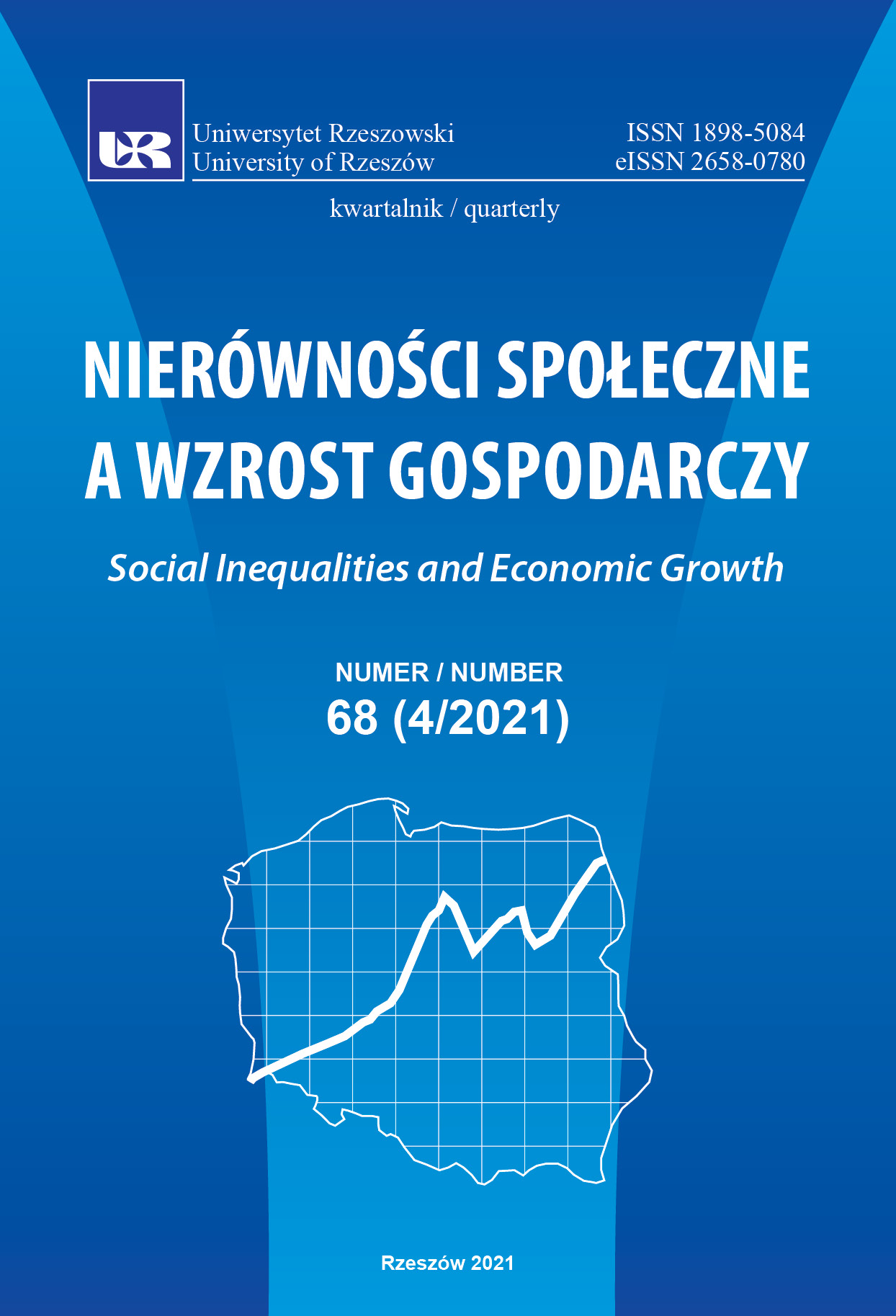Nowoczesny plan rozwoju gospodarczo-społecznego II Rzeczypospolitej – Centralny Okręg Przemysłowy (COP)
The project for the new socio-economic development of the II Republic of Poland – Central Industrial Region (COP)
Author(s): Zofia Chyra-RoliczSubject(s): Economy
Published by: Wydawnictwo Uniwersytetu Rzeszowskiego
Keywords: II Rzeczpospolita; interwencjonizm państwowy; Centralny Okręg Przemysłowy; aktywizacja gospodarczo-społeczna; spółdzielczość;
Summary/Abstract: This paper focuses our attention on the plan for the Central Industrial Region (COP) for theeconomic and social activity of the undeveloped rural South-East regions of the II Republic of Poland,it was extremely innovative for its time. COP was initialized with joint industrial development,urbanization and the establishment of many new enterprises of military industry, which havebrought about improved chances for a better life and civilized progress for the inhabitants of theregion. It was a good example of a planned economy, and served to strengthen the state, alleviatingpoverty and social conflicts, presenting chances for the aspirations of citizens. It integrated variouspartners: state and local administration, state and private enterprises, co-operatives. The role of theco-operatives (mainly consumer, agricultural trade, housing, banking) in this plan, are less wellknown,but nevertheless it is worth noting the many good examples demonstrated by these units.The paper is based on a historical analysis of the literature, scientific workshops and contemporaryco-operative journalism.COP was a good example of the policy of state interventionism. The realization of this projectwas interrupted during the Second World War. The Nazi occupiers used the industrial base to achievetheir military goals. Even in these circumstances, the co-operative’s network was developed, servingthe everyday needs of Polish society and forming a basis for a Resistance Movement. The projecthad a precursory character, thereby allowing sufficient scope for the development of the socialeconomy (today known as the social market economy), acting to preserve the various needs ofthe environment, what is specified today as its goals. After the war, industrial development wascontinued in the form of a socialist centrally planned economy, in the new area of the People’sRepublic of Poland.
Journal: Nierówności Społeczne a Wzrost Gospodarczy
- Issue Year: 2021
- Issue No: 68
- Page Range: 132-144
- Page Count: 13
- Language: Polish

